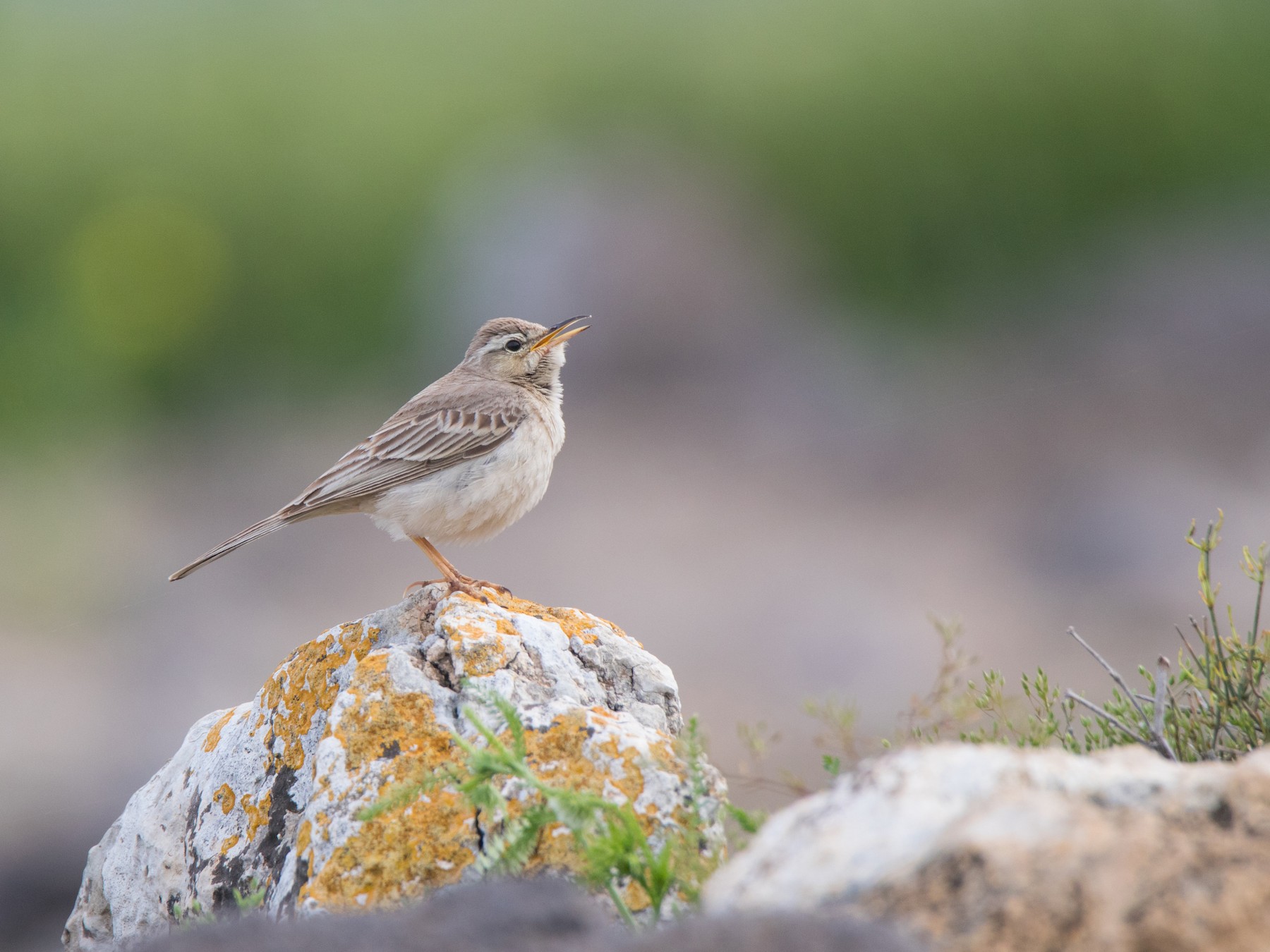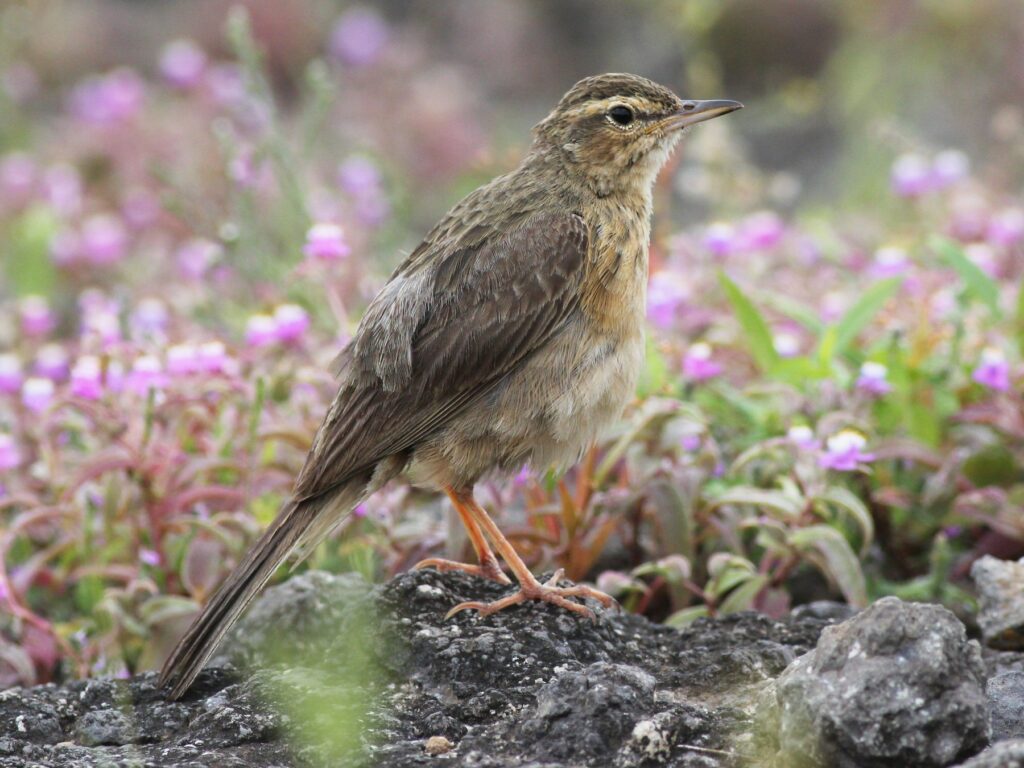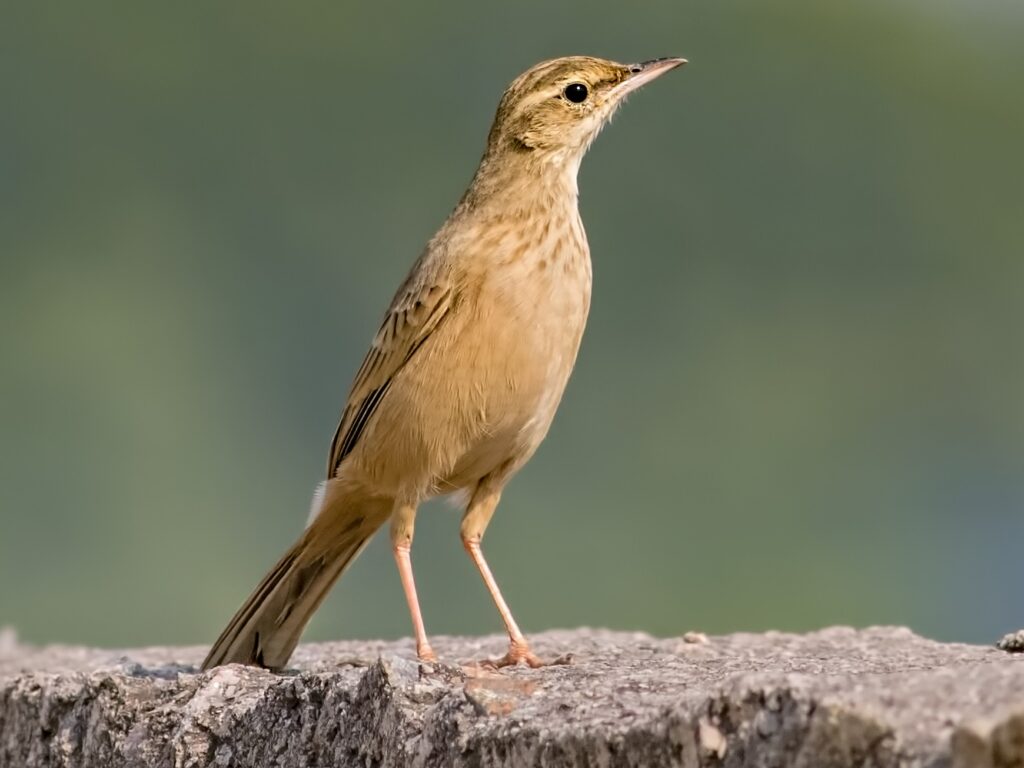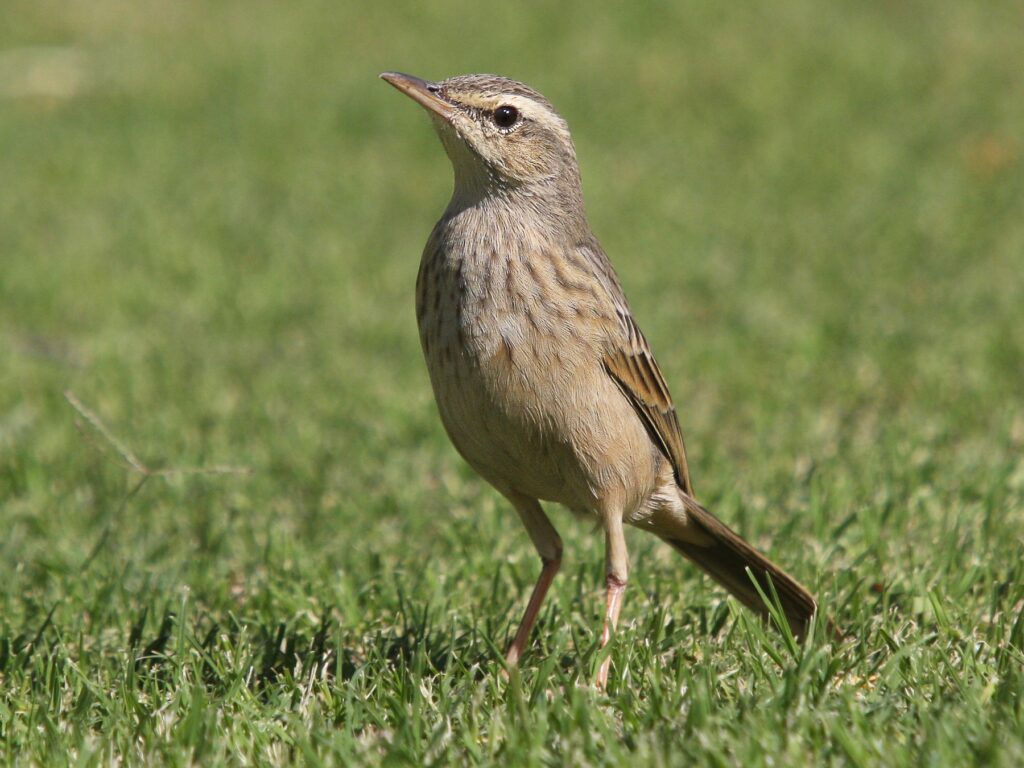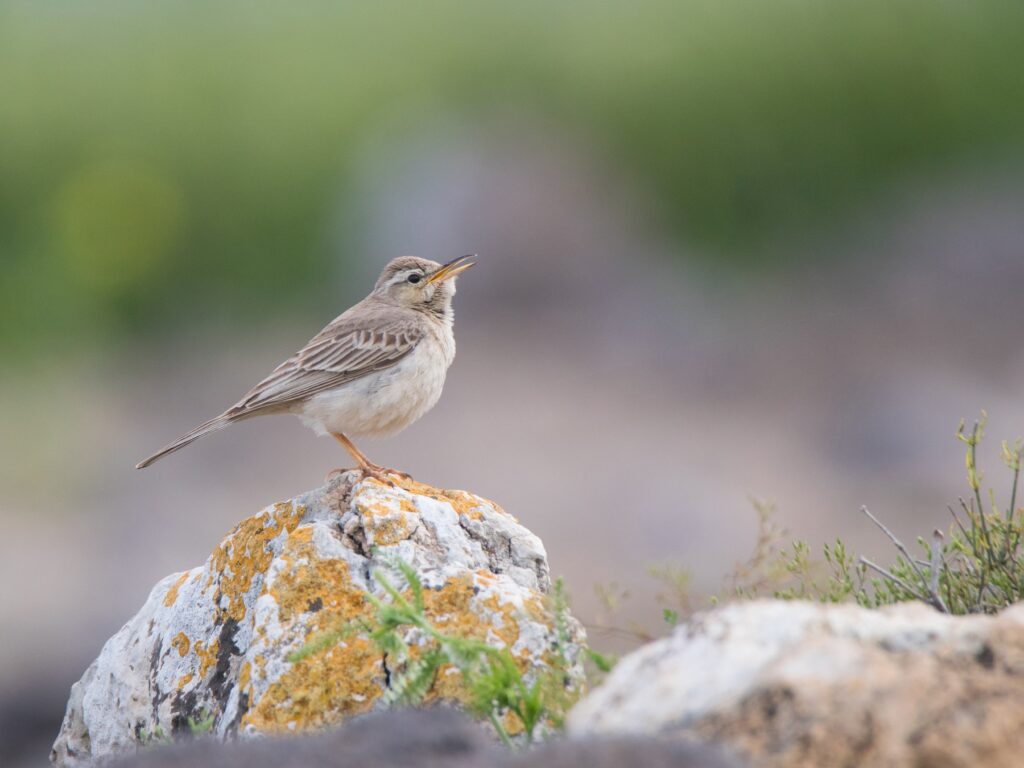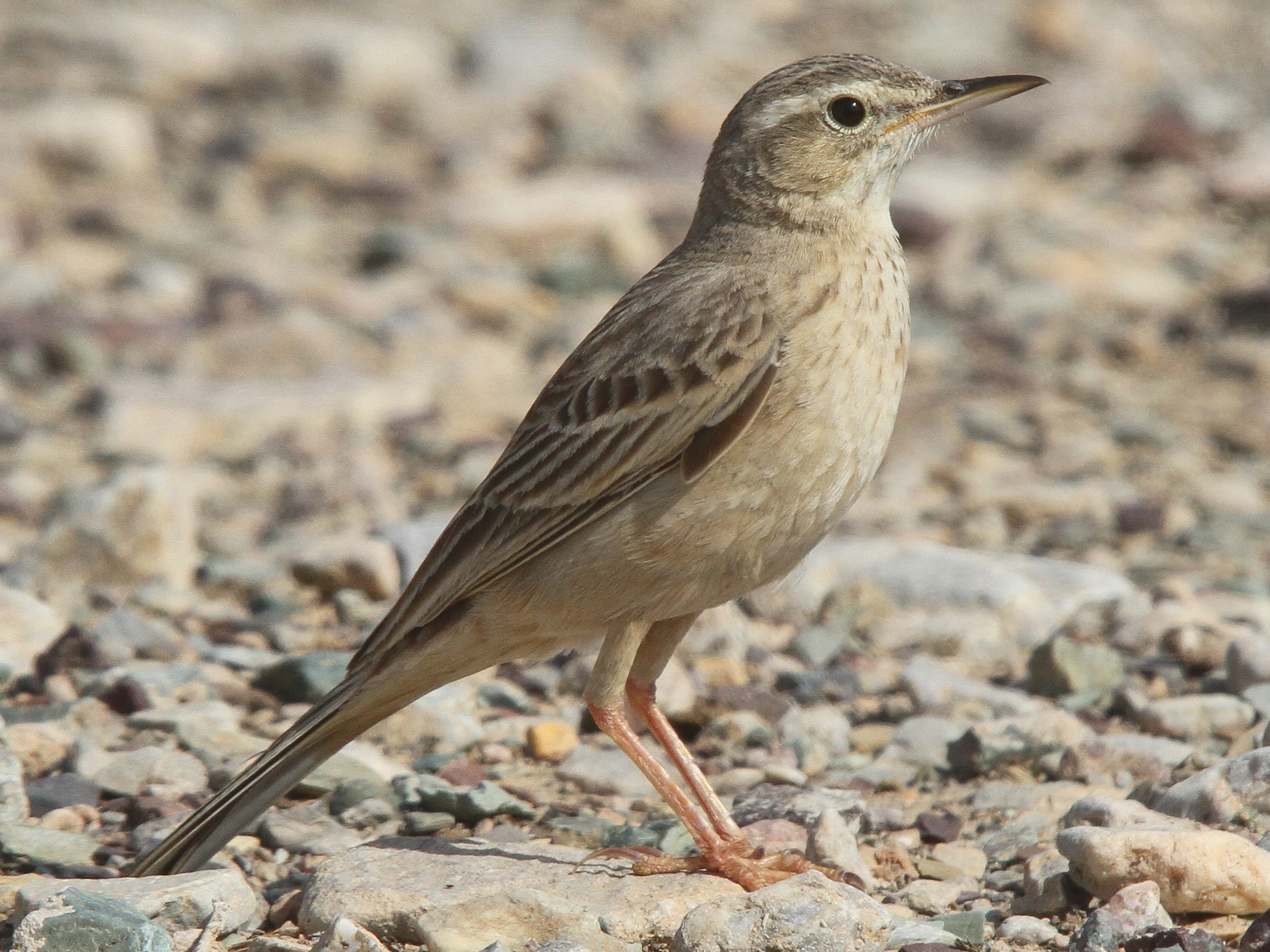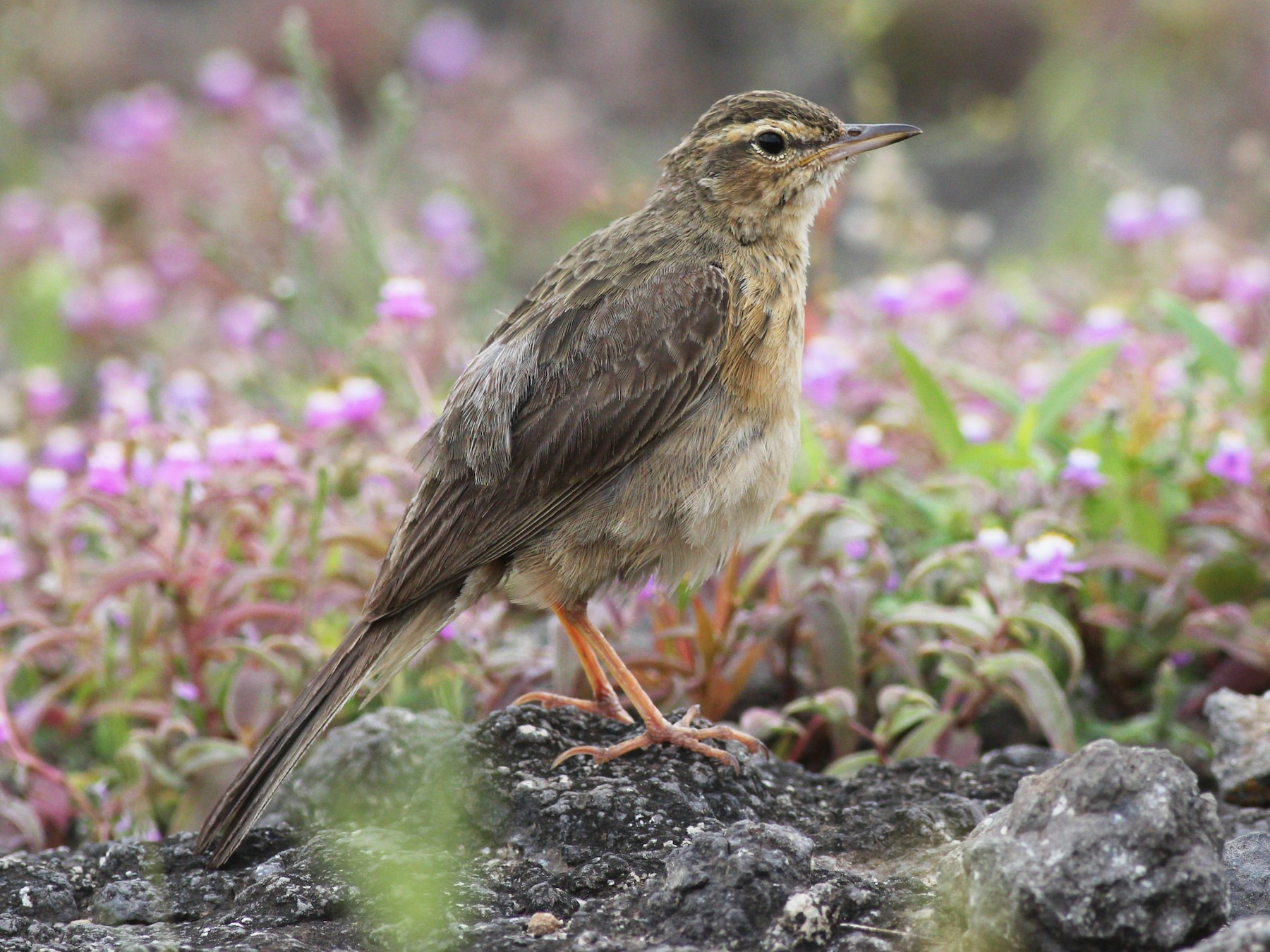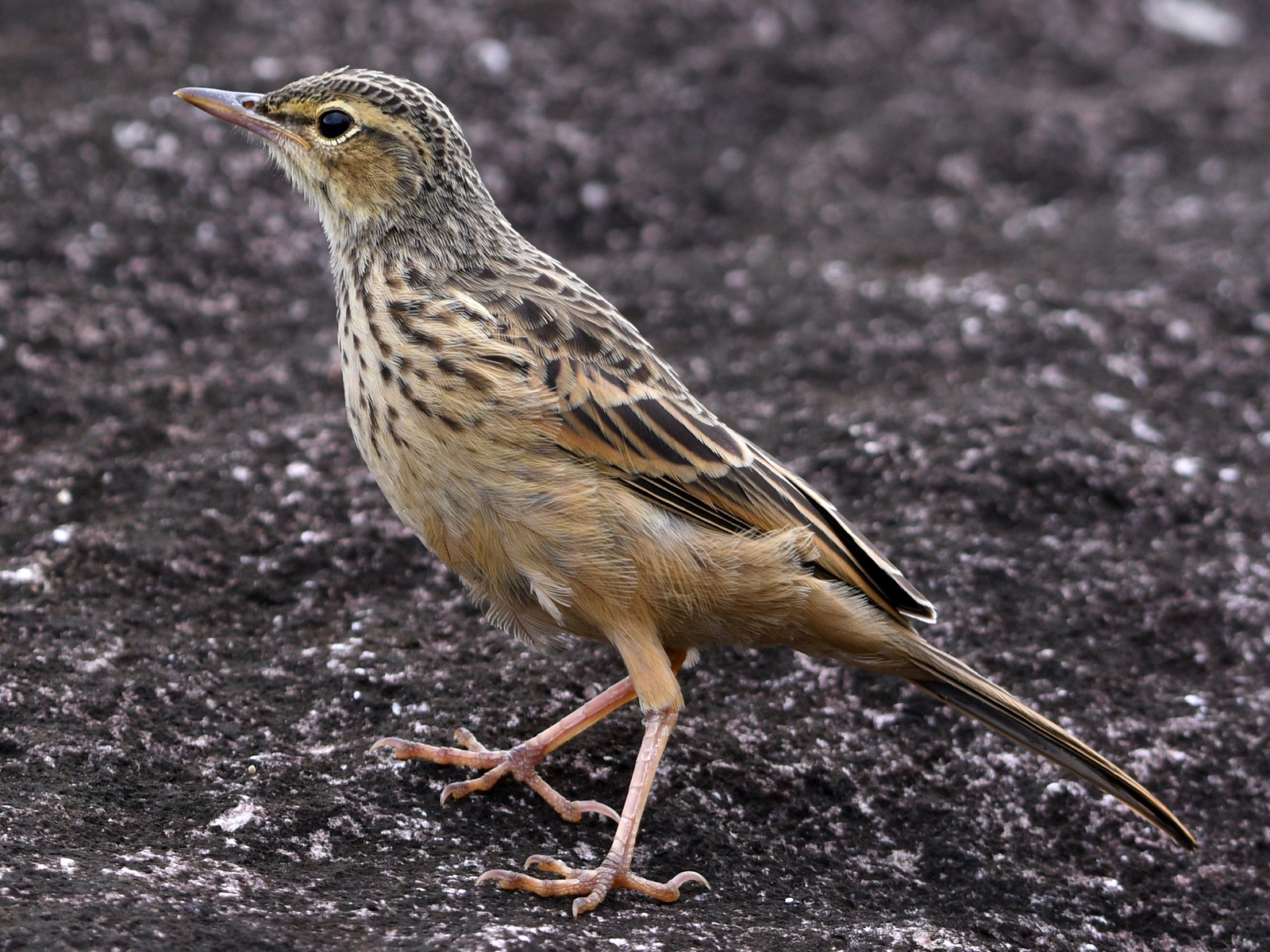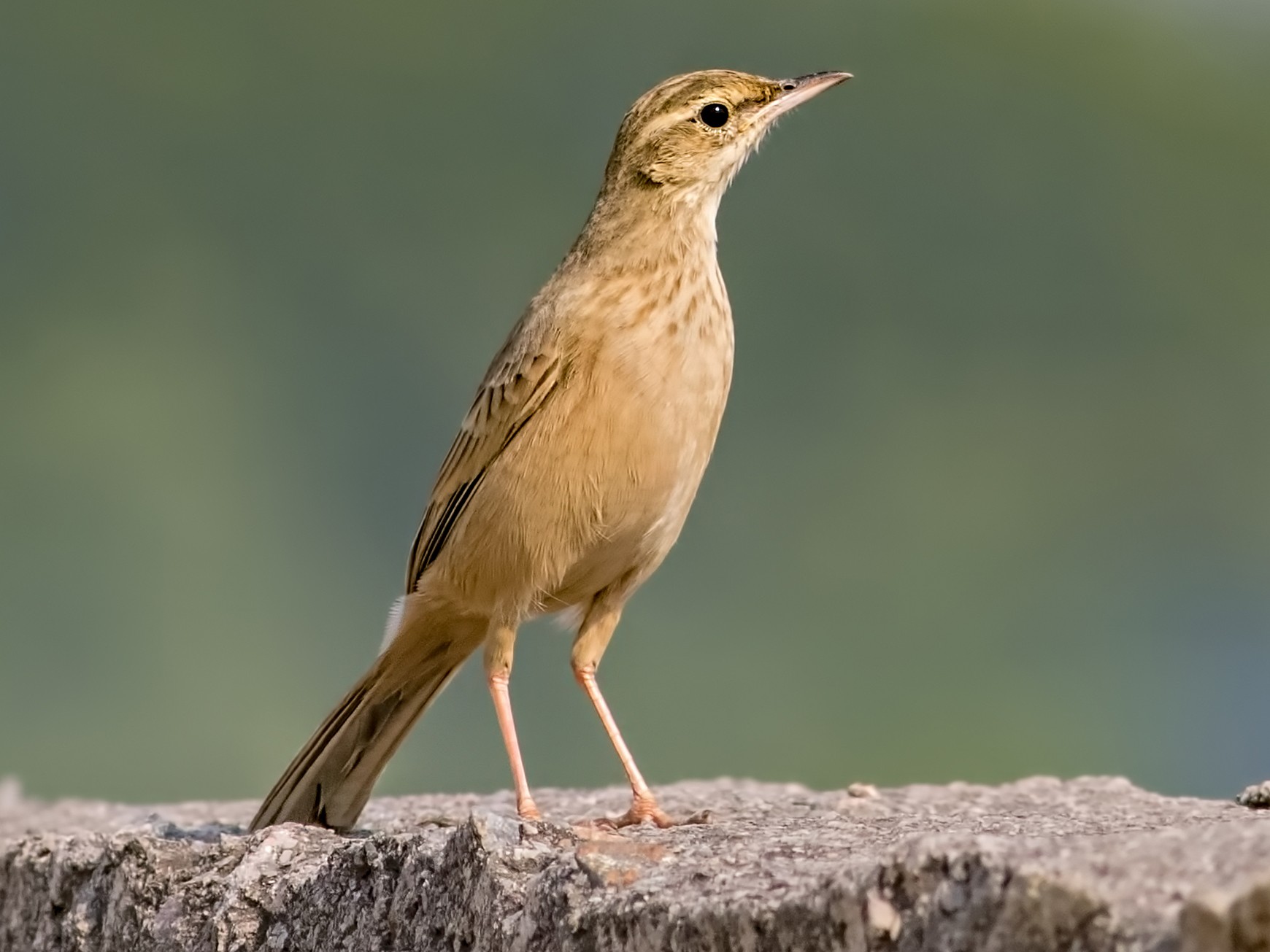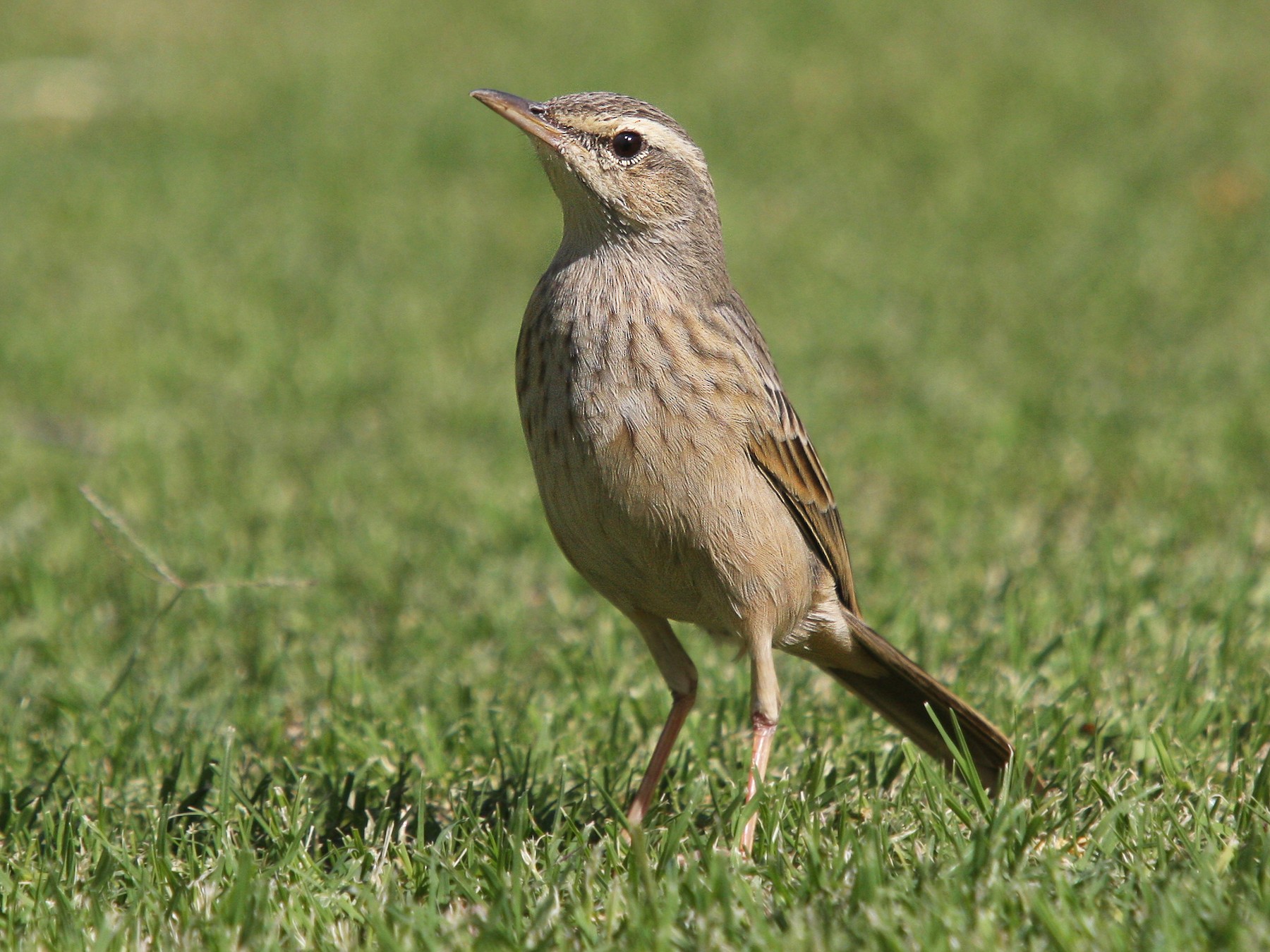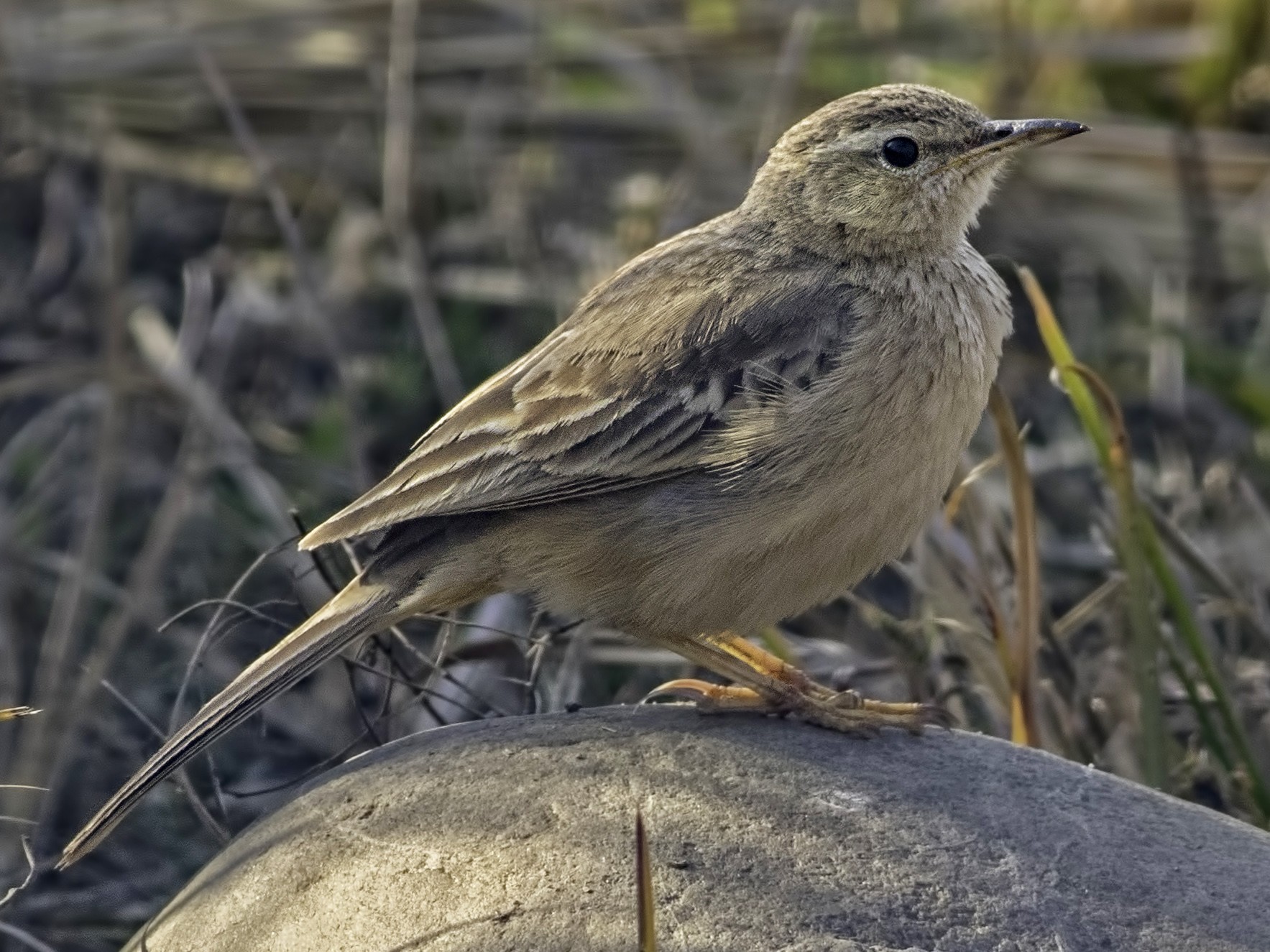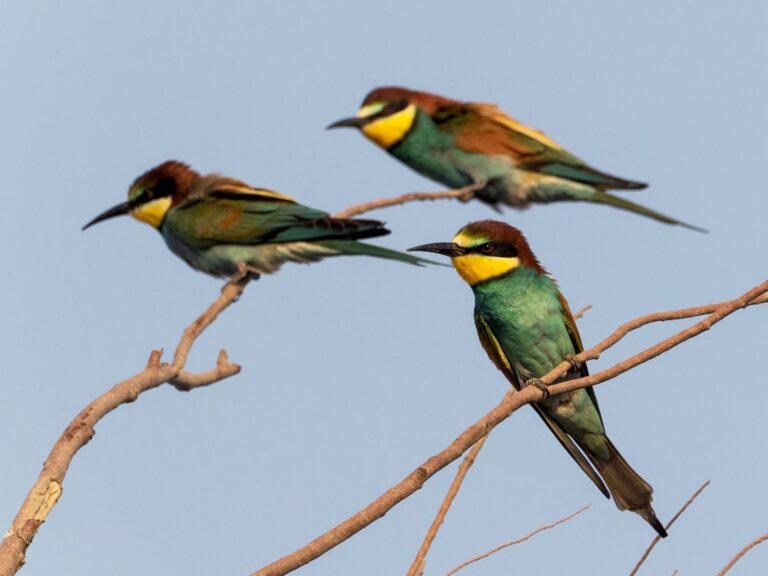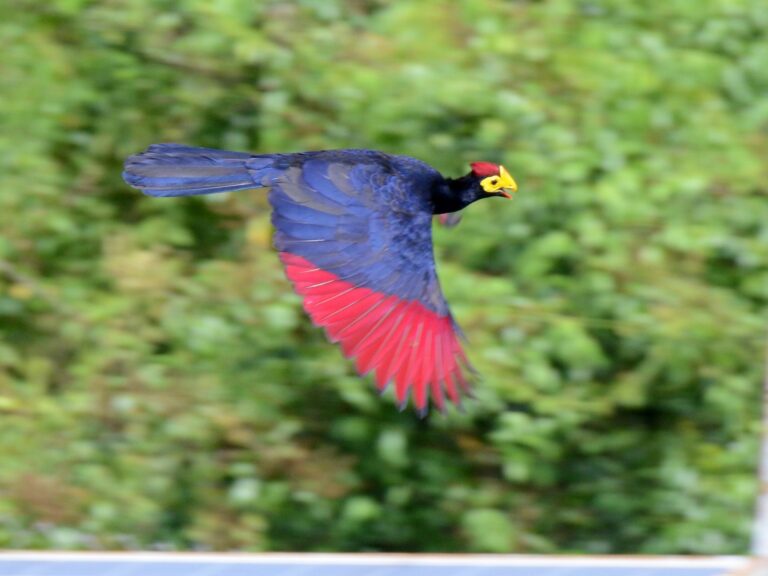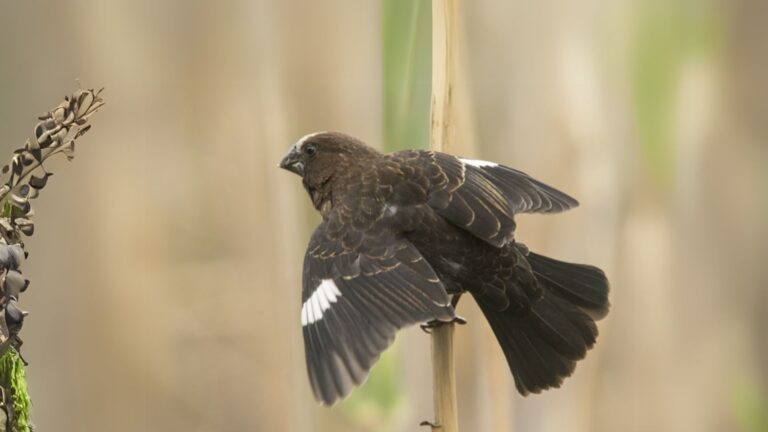Long-billed Pipit: A Closer Look at This Fascinating Avian Species
The Long-billed Pipit stands out for its unique features and quirky behaviors. You’ll spot this bird mostly in the southern parts of Africa, where it seems right at home in grasslands and wetlands.
Birdwatchers and nature lovers often get drawn in by the Long-billed Pipit’s odd vocalizations and the way it forages. Across different regions, this species shows some pretty noticeable variations, which has led to a bunch of subspecies with their own quirks.
Watching these birds in the wild is rewarding—they’re pros at blending in while hunting insects and seeds. But they’re not without their struggles, and it’s worth thinking about their conservation status if we want them sticking around.
Key Takeaways
- The Long-billed Pipit mostly lives in grasslands and wetlands across southern Africa.
- It shows regional differences, leading to unique subspecies.
- Conservation efforts matter because this bird faces some real threats.
Overview of the Long-billed Pipit
The Long-billed Pipit belongs to the Motacillidae family—a pretty interesting group of birds. Scientists call it Anthus similis, and it fits into a few different ecological groups.
If you dig into its taxonomy and physical traits, you’ll get a better sense of how it behaves and where it likes to hang out.
Taxonomy and Classification
This bird falls under the genus Anthus, which covers a bunch of pipit species. Motacillidae, its family, is famous for small, ground-loving birds.
Taxonomists have argued about where exactly the Long-billed Pipit fits. Some say it’s really close to other pipits, but there’s enough evidence to keep it as its own species.
Physical Characteristics
That long bill? It’s not just for show—it helps the pipit forage on the ground. Adults usually sport brown, streaky feathers that make them nearly invisible in tall grass.
They’re medium-sized, about 17 to 19 centimeters long, with a slim build and a tail that seems a bit too long for their bodies. Their songs are surprisingly melodic, and honestly, they can sound pretty different depending on where you hear them.
Want to go deeper? Check out Pipits and Wagtails of Europe, Asia and North America for more.
Geographic Distribution and Habitat
The Long-billed Pipit pops up in various pockets across Africa, the Middle East, and South Asia. Geography, vegetation, and climate all shape where they can actually survive.
Range in Africa and the Middle East
In Africa, you’ll find them from Namibia to East Africa, including spots like southern and eastern Tanzania. They stick to grasslands and open areas, especially where the plants don’t get too tall.
Over in the Middle East, they show up in Yemen, Palestine, Syria, Jordan, and Lebanon. Open landscapes and grasslands work for them, and they seem to handle different terrains pretty well. Here’s a deeper dive into their geographic distribution.
South Asian Populations
They’ve got a foothold in South Asia too, like in Iran and the southwestern highlands. Grasslands and farm fields are their go-to spots here.
Places like Oman and Saudi Arabia also host these birds, offering a mix of dry and greener habitats. They move around a bit, especially when food gets scarce. Their presence in South Asia really shows how adaptable they can be.
Preferred Habitats
If a place has open fields or grasslands, the Long-billed Pipit is probably interested. They like low vegetation, which makes it easier to hunt for bugs and seeds.
In Africa, they shift around as seasons change, always chasing the best resources. In the Middle East and South Asia, you’ll even spot them in farm fields—these birds aren’t picky. Whether it’s grasslands or open plains, they manage to make it work, which is honestly impressive.
Subspecies and Regional Variation
The Long-billed Pipit isn’t just one thing—it comes in a few different subspecies, each with its own adaptations. These differences make it a bit of a puzzle for birdwatchers.
Key Subspecies
Anthus similis has several subspecies, but A. s. arabicus stands out. You’ll mostly find this one in the dry parts of the Arabian Peninsula, where it’s figured out how to handle the tough climate.
Other subspecies live in different regions and show their own twists, like changes in feather color or behavior. These tweaks help them survive wherever they end up.
Distinctive Traits Across Regions
Traits vary a lot across regions. For example, A. s. arabicus sports muted earth tones, perfect for desert camouflage.
In wetter places, pipits might show off brighter markings. You’ll notice differences in size, color, and even their songs—stuff that matters when they’re trying to attract a mate or claim territory.
If you’re out in the field, keep an eye out for these small differences. The variety within this species hints at the pressures they face in each habitat. Want to geek out more? Try the species limits in Long-billed Pipits or the phylogeny of African pipits.
Behavior and Life Cycle
The Long-billed Pipit’s got some pretty quirky habits and a life cycle that’s worth a closer look. From what it eats to how it claims its turf, there’s a lot going on.
Feeding and Diet
Insects are the main course for this bird, along with other small invertebrates. You’ll usually see it walking slowly across open ground, picking food off the soil.
Grasshoppers, beetles, and caterpillars make up most of its diet. When it’s breeding season, they go after even more protein to feed the chicks. Depending on where they are, these birds actually tweak their feeding style, which is kind of cool.
Territoriality and Breeding
Come breeding time, the Long-billed Pipit gets pretty territorial. Males carve out a patch of land and defend it, often singing to warn off rivals.
They build their nests right on the ground, usually in open fields or grasslands. The female lays about 3-5 eggs and then sticks around to incubate them for 12-14 days. Once the chicks hatch, both parents pitch in to feed them until they’re ready to leave the nest—usually in two weeks or so.
Resident and Migratory Patterns
Most Long-billed Pipits stay put year-round in their breeding areas, so you could call them “common breeding residents.” Still, some will move to lower ground during winter if things get tough.
They seem to handle changes in their environment pretty well, always looking for better spots to nest or feed. If you’re curious about their migratory habits, there’s a bunch of research out there on avian migration worth checking out.
Conservation Status and Threats
The Long-billed Pipit faces some real hurdles that put its future at risk. It’s worth paying attention to what’s happening with this species if you care about birds at all.
Current Conservation Status
In several areas, conservationists have marked the Long-billed Pipit as a species of concern. Habitat loss and degradation keep chipping away at its numbers, so organizations are watching population trends closely.
Protecting and restoring habitats has become a priority. The IUCN even suggests bumping up the threat level for birds that are dropping in numbers. Researchers focus on finding and protecting the most important breeding and feeding grounds.
Challenges and Conservation Efforts
Habitat destruction is probably the biggest problem—farming and urban sprawl just keep eating away at their homes. That means fewer nesting spots and less food to go around.
Conservation groups are working on saving what’s left, and they’re also trying to get people involved through education and community programs. The idea is to make sure people know why these birds matter and how they can help.
Some management plans, like those in the Sprague’s Pipit recovery strategy, lay out steps for helping pipit populations recover. With the right actions, there’s hope for these birds yet.
Frequently Asked Questions
Got questions about the Long-billed Pipit? This section covers what makes it unique, where it likes to live, and how you can tell it apart from its lookalike cousins. There’s also some info on the conservation issues it faces—because honestly, that’s something we should all be thinking about.
What are identifying features of the Long-billed Pipit?
The Long-billed Pipit stands out for its long, slender bill—that’s probably the first thing you’ll notice. Its plumage is a mix of streaky brown and cream, which lets it disappear into the grass almost too well.
The underparts look pale, but you’ll spot streaks along the sides if you look closely.
What type of habitat does the Long-billed Pipit prefer?
You’ll usually find Long-billed Pipits wandering through grasslands, savannas, or open spaces where the vegetation stays low. They seem to prefer spots with enough ground cover to hunt for insects and seeds without being too exposed.
In southern Africa, these kinds of habitats are pretty common, so that’s where you’ll often bump into them.
How can one differentiate between a Long-billed Pipit and similar pipit species?
If you’re trying to tell a Long-billed Pipit apart from, say, an African Pipit, start with the bill. The Long-billed Pipit’s bill is noticeably longer, and the bird itself is a bit larger too.
Sometimes, just watching how they move or where they hang out gives you extra hints—habitat and behavior can be pretty telling.
What is the typical behavior of Long-billed Pipits during breeding season?
Breeding season brings out their territorial side. Males spend a lot of time singing—partly to attract a mate, partly to warn off rivals.
They build their nests right on the ground, usually tucked into dense grass or hidden in tussocks, hoping to keep predators at bay.
What variations exist in the calls and songs of the Long-billed Pipit compared to other pipits?
Their song? It’s a string of melodious notes that’s actually pretty easy to pick out if you’re paying attention. Compared to the African Pipit, the Long-billed Pipit’s song tends to run longer and feels more varied.
Their call notes are sharp and quick, with a tone that stands out from other local pipits—if you’ve heard a few, you’ll probably notice the difference.
Are there specific conservation concerns for the Long-billed Pipit?
The Long-billed Pipit faces some real conservation challenges. Agriculture and urban sprawl keep eating up its habitat.
When grasslands shrink, this bird loses places to forage and nest. If we want the pipit to stick around, we really need to keep those habitats safe.
